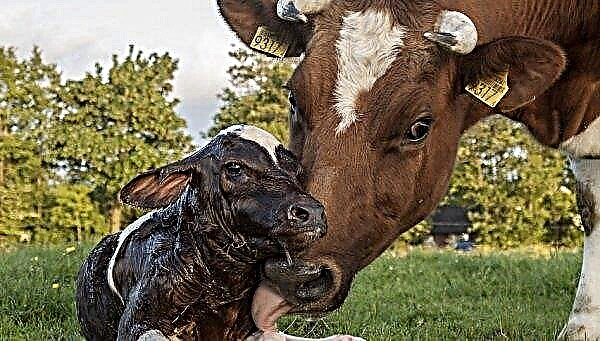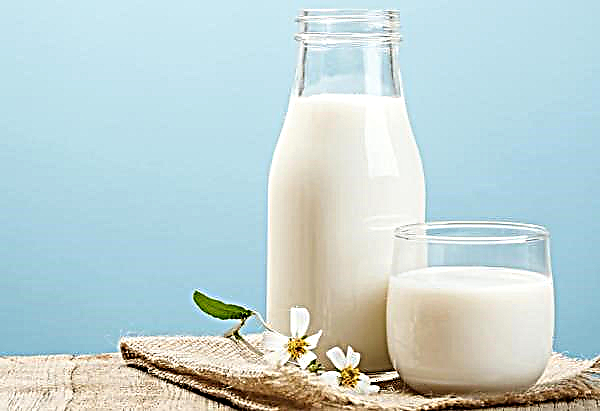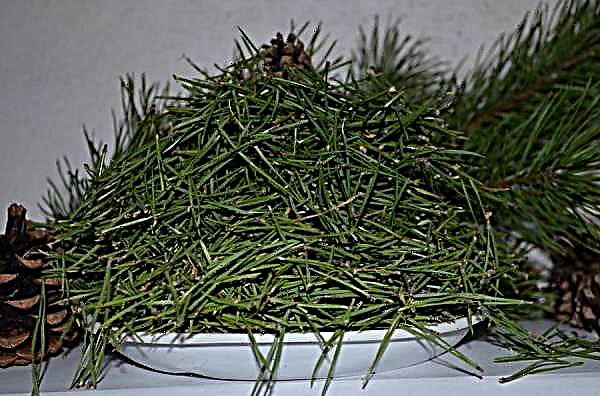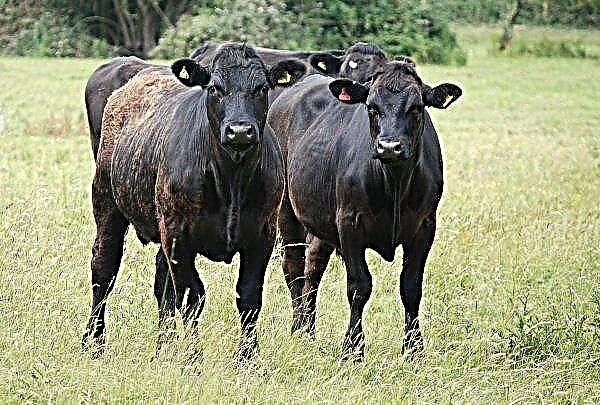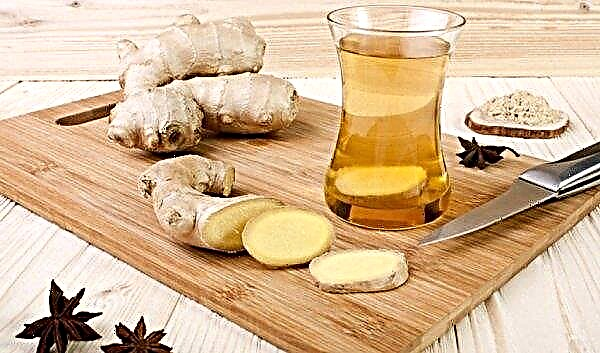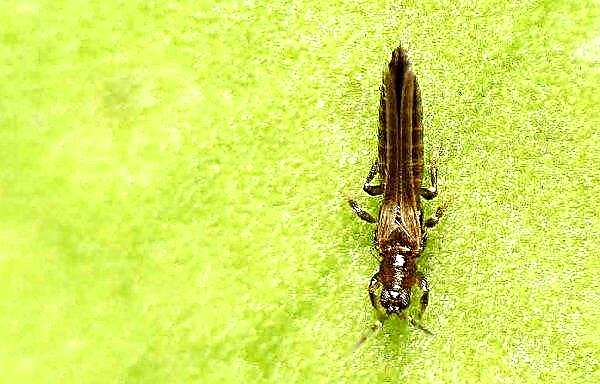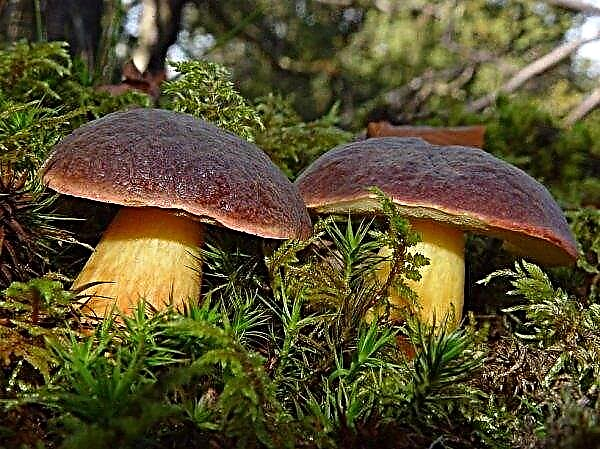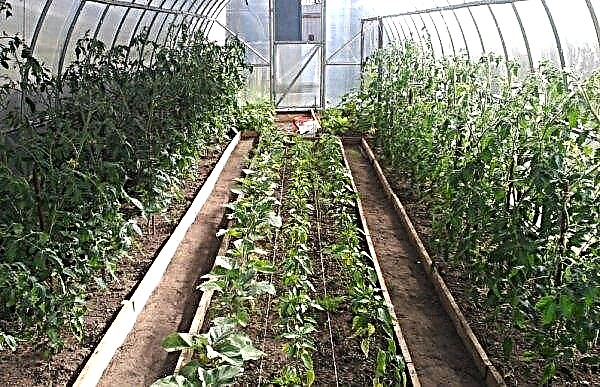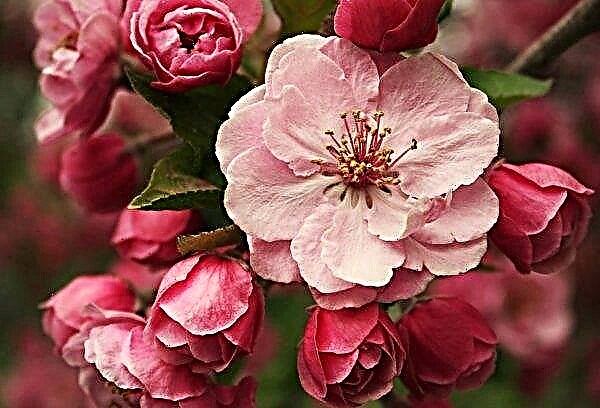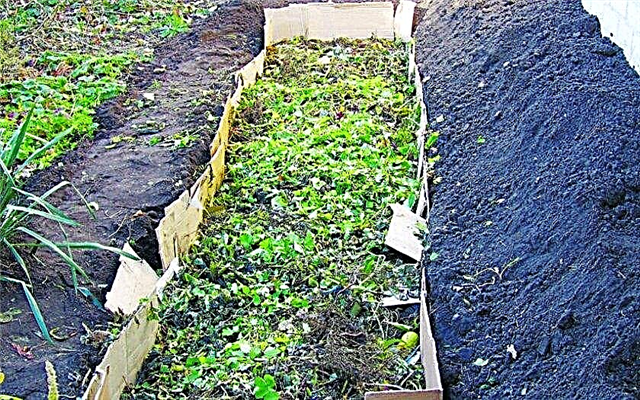Mushrooms are one of the most popular and delicious foods. However, to get them, you have to either go to the forest or spend your money in the store. But mushrooms can be grown independently. And oyster mushrooms for this fit perfectly.
Preparatory work
The most convenient way to grow oyster mushrooms is extensive. This means that it is necessary to artificially create conditions for mushrooms, as similar as possible to natural ones. The task is greatly facilitated by the fact that oyster mushrooms are unpretentious mushrooms - in nature they can be found on almost any tree.

Choosing a place, choosing a wood
It will not be difficult to choose the location of the mushroom farm, any dark and semi-dark place will do. Direct sunlight is contraindicated for oyster mushrooms. It is most convenient to create the necessary conditions at the cottage in the garden, or in the basement.
Important! If there is no shaded area, this is not a problem. An artificial canopy is also suitable for shading. This is especially true for uncut stumps that cannot be moved.
The choice of wood for the farm is also very simple: a tree of any breed is suitable. The stump can be either stationary or cut, with the ability to move to a convenient place.
Video: Growing oyster mushrooms on stumps
Stump preparation and placement
The best time to start growing oyster mushrooms is spring, the period immediately after the end of winter colds and the emergence of stable warm weather. As a farm, both the freshly sawn part of the tree and the dry one are suitable. The main thing is that there is no mold. The preferred size of chocks is 30–50 cm in height and 15–30 cm in diameter.
Despite the fact that the freshness of the wood does not matter, it is most convenient to use freshly sawn material. It has the necessary humidity as opposed to dry. If only dry logs are at hand, they will need to be soaked for 2-3 days. For these purposes, a bucket, basin, bathtub or any other, quite capacious container is suitable.
Did you know? Oyster mushrooms are not only delicious food, but also a very easy opportunity to get rid of unnecessary stumps in the garden. In 2-3 years, the stump will turn into dust, depriving the need to use heavy equipment.
Substrate preparation
The substrate acts as the soil on which the fungi grow. It is best to use two main components for the substrate: cereal straw and sunflower husk. Wooden sawdust is suitable as additional material - the main thing is that they are not from coniferous species. You can also add various nutritional supplements, for example, soy or feather flour, beer pellets or malt sprouts. It is important to remember that the content of additional components should not exceed 10% of the total substrate.

Landing and Care
When all the preparatory processes are completed, the most important stage begins - now you can finally plant mushrooms. However, in order to get the best possible crop, you need to plant properly.
Sowing mycelium
Mycelium is a kind of grain from which mushrooms grow. There are several ways to plant mycelium, but they are all similar in principle.
Important! There is no need to make too thick a layer of mycelium. A thickness of 1.5–2 cm will be sufficient.
Methods of sowing mycelium:
- In the hole of a stump. For this method, it is most convenient to use a drill. It is necessary to make holes with a diameter of 8-10 mm and a depth of 5-6 cm. If there is no drill, instead of tunnels, cuts of the same depth can be made with a sharp tool - for example, an ax, or even a knife. In the obtained recesses, you need to put the mycelium and cover everything with moss or just tape.
- To cut the bar. A 2-3-cm-thick disk is cut from a stump, then mycelium is poured into the place of the cut. The disc is put back and secured with nails.
- Column of stumps. To do this, one tree trunk needs to be cut into several stumps. All wooden blocks are again placed in a row, with the mycelium being placed at each place of the cut. Logs can be fixed in any convenient way. For example, you can make a single seam that will be fixed with nails.

Mushroom care
It is most convenient to care for oyster mushrooms in a greenhouse or in the basement - in this case, it is easiest to achieve the most optimal room temperature at +14 ... + 15 ° С. However, this feature is not always available. Therefore, it is better to focus on the most important - the level of humidity. The constant moisture of the wood is needed in order to nourish the mycelium, so you need to ensure that the stumps do not dry out. For example, you can periodically water them from a hose.
Did you know? New Zealand is so worried about the local fauna that oyster mushrooms are banned. This type of mushroom is considered a parasite and is prohibited for import and cultivation in the country.
Harvesting Tips
The crop will begin to grow 1–1.5 months after sowing. In just a season, the farm will bear fruit several times. If the mycelium has been arranged in the basement or in the greenhouse, mushrooms can be harvested year-round. In other cases, they gather all seasons except winter. It is very important to start collecting immediately after the mushrooms have ripened, before the release of the spores, since after that they quickly deteriorate. To understand that the crop is ready for harvest, you need to pay attention to the leg. If its length is 4 cm or more - the crop is ready.
Mushrooms should be removed by twisting, trying not to leave hemp, which will certainly rot or dry. All ripened oyster mushrooms must be removed at a time, packing in perforated plastic bags. They can be stored for 1-2 weeks, at a constant temperature of +5 ... + 10 ° C.

So, growing oyster mushrooms on stumps is easier than it might seem. No expensive equipment is needed for home production. Almost everything necessary is done and mined independently. These mushrooms are unpretentious to care, fruitful and very tasty.

